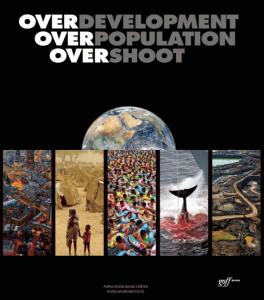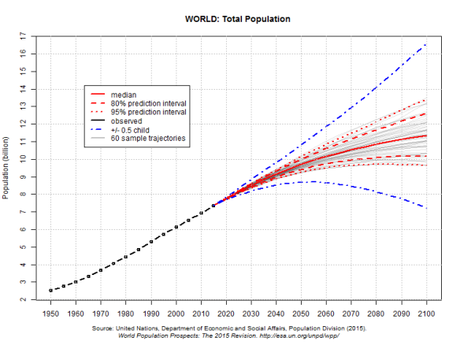Earth’s Human Population Problem

Click the book to read online.
I learned about human population as mathematical relationships between migration, birth rates, and death rates. As I started my academic career, I continued to use the numbers, the formulas and projections to discuss population. My students learned about population growth, but the numbers didn’t create much excitement.
In the years since I began lecturing about population, injuries to Earth’s ecosystems have spread around the planet. We no longer need math to see what will come; it’s visible everywhere. This book, “Over,” illustrates the human impact on nature with a set of magnificent photographs. In sequence, the photographs first show how we are damaging the planet and then they show the beauty that can be ours if we want to fight for it.
The beautifully written essays that accompany the photos discuss the consequences of feeding the 10 billion or more people the United Nations projects will be alive by this century’s end. The authors explain that producing enough food will require conversion of the Earth into a factory farm for humans.
The writers point out that reducing our birth rate will not require any form of coercion. Evidence from developed countries clearly shows that with education and access to birth control, women freely choose to have fewer children.
The chart below shows that the most recent world population projections by the United Nations sets the probable number of people alive in 2100 (the solid red median line) at 11.3 billion. The needs of that many people will crush the life out of the Earth.

The writers do not attempt to describe the future that someone born this year (2015) will face when the year 2100 arrives. Will that elderly person be living on a food-factory planet still dominated by the growth objectives of corporations and countries, or will they be living in a beautiful world they helped save? Will they be unsure of the future? If the Earth has become a human food factory by 2100, will population and artificial food sources continue to rise, or will businesses find new ways to grow and profit from a static supply of workers and consumers?
Responding to the Population Problem
For the past 50 years, our leaders have done almost nothing to slow population growth. There have been a few national programs (see the review in Wikipedia), but certainly no real successes. Looking at the photos in the book, the inaction seems irresponsible, an incredible failure. It will take the utmost pressure from all of us to make our governments form strategies to reduce population. I don’t know what we can do about the universal growth imperative of our businesses, but that is a key problem that we must solve. For a first step, I hope you will go to the Global Population Speak Out website and choose one of the ways to help communicate the seriousness of the population problem. You might also wish to check on the population control programs by the Center for Biological Diversity.
Description:
- Authors: Tom Butler, Musimbi Kanyoro, William N. Ryerson, Eileen Crist
- Hardcover: 330 pages
- Publisher: Goff Books (February 17, 2015)
- Language: English
- ISBN: 978-1939621238

